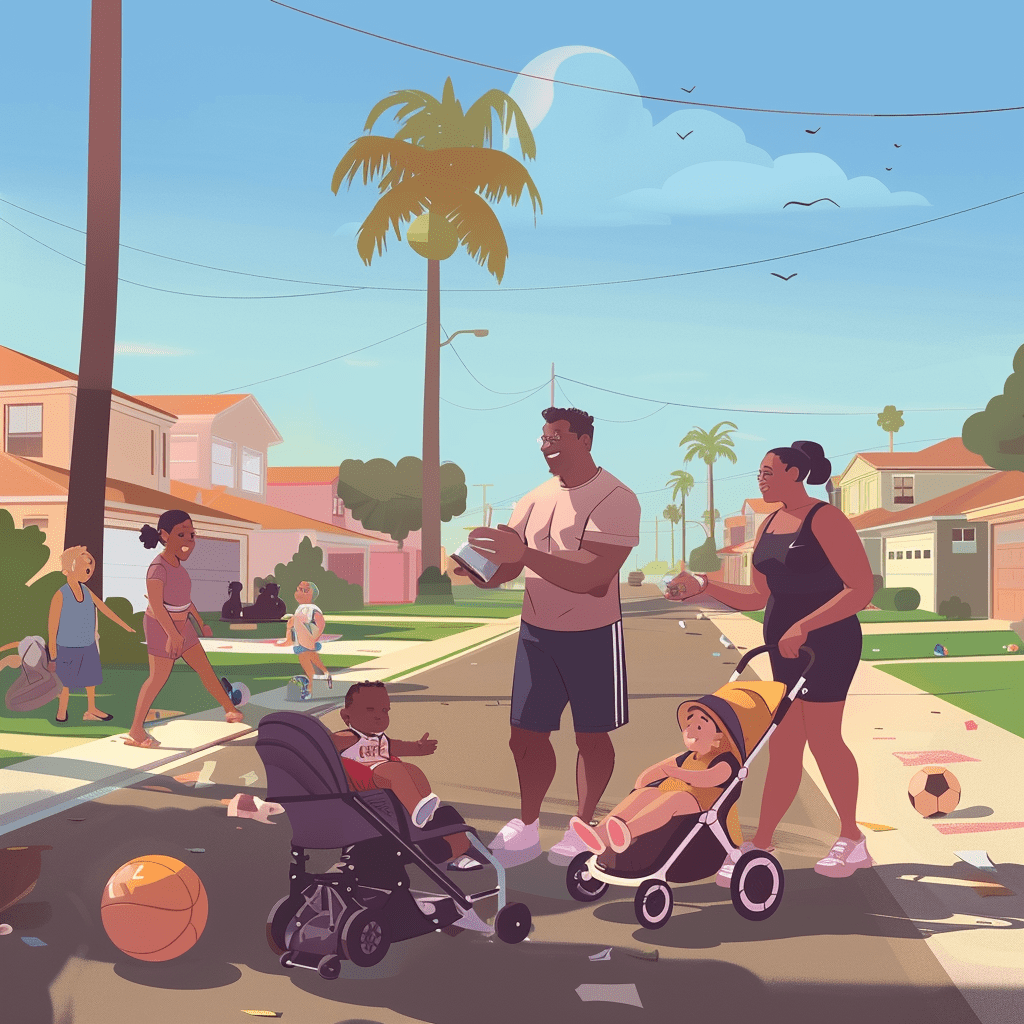Understanding Baby Bottle Lifespan and Safety
Baby bottles and their parts do not last forever. We usually toss them quickly! No seriously, do not keep bottles too long. We need to monitor their condition regularly to ensure the safety of our little ones.
Recognizing Signs of Wear and Tear
Baby bottles, especially plastic ones, can show wear and tear over time.
Common signs to watch for include:
- Cracks: Check for cracks in the bottle. Even small cracks can harbor bacteria.
- Chips: Inspect glass bottles for any chips that could be dangerous.
- Discoloration: Yellowing or cloudiness can indicate the bottle is degrading.
- Rubber Nipples: Rubber nipples can become sticky or cracked.
Cracks and chips can compromise the safety of the bottles, making it essential to inspect them regularly.
Options for Disposing of Old Baby Bottles
When deciding what to do with old baby bottles, we can think about various options like recycling, donating, or creatively repurposing them. Let’s explore these different methods to ensure we make the best use of these items.
Recycling Baby Bottles Properly
Recycling is a great way to handle old baby bottles, especially plastic ones. We should check with our local recycling programs to see if they accept them. Some programs require lids to be removed, while others might need the bottles to be rinsed.
We can use curbside recycling if it’s available in our area. For specific brands or types of bottles, organizations like TerraCycle or Zappos for Good might offer special programs to help recycle them.
By properly placing baby bottles in the recycling bin, we can make sure they’re processed and not ending up in landfills. If the bottles are made of glass, most recycling facilities will accept them since glass is easily recyclable.
Donating or Selling Gently Used Items
If the baby bottles are still in good condition, donating or selling them can be another excellent option. We can look into local charities or shelters that might have families in need. It’s a rewarding way to give back to the community.
We can also use online marketplaces like Facebook Marketplace or eBay to sell gently used bottles. Consignment stores are another option, where we can bring in our baby bottles along with other kid’s items.
When donating or selling, it’s essential to make sure the bottles are clean and have no damage. A simple wash with warm soapy water can get them ready for their new home.
Creative Reuse and Repurposing Ideas
For those interested in DIY projects, old baby bottles can be repurposed in creative ways. We can use them for various arts and crafts projects. For example, they can become storage containers for small items like beads or buttons.
Some people turn old baby bottles into plant waterers to keep their plants hydrated while they’re away. This involves filling the bottle with water and placing it upside down in the soil.
We can also repurpose baby bottles as fun piggy banks for kids. By cutting a small slit in the side, they can start saving their coins in a playful way. Repurposing is not only environmentally friendly but also a fun activity to engage in.
Proper Storage and Care Before Disposal
Taking care of old baby bottles and other feeding gear ensures they are safe and ready for disposal. This includes thorough cleaning and adhering to safety measures.
Cleaning and Storing Baby Bottles
First, we need to wash baby bottles, pacifiers, sippy cups, and breast pumps. Using hot, soapy water is essential. We should scrub all parts with bottle brushes, making sure to clean hard-to-reach spots. After washing, rinse them well to remove any soap residue.
Next, sterilize the bottles and parts by boiling them in water for five minutes. This helps kill any remaining germs. Alternatively, we can use a baby bottle sterilizer. Make sure everything is completely dry before storing. Air dry the items on a clean rack, or use a clean towel.
Finally, store the clean and dry baby bottles in a sealed container. This keeps them free from dust and dirt. Label the storage container to easily identify its contents. This method helps maintain hygiene until it’s time for disposal or giving them to a care center.
Safety Precautions for Used Feeding Gear
Before disposing of the gear, inspect all items for cracks or damage. Damaged bottles or parts can pose a health risk. If we find any broken pieces, it’s best to discard them immediately and safely.
Marking used bottles and gear is helpful, especially if we plan to send them to a daycare or care center. Write the date of first use to keep track of their age. This ensures they are used within a safe time frame.
We must also ensure that storage containers are child-proof and stored out of reach from children. This keeps old baby bottles and other gear safe from accidental use by our little ones.
Remember to follow local guidelines for recycling or disposing of used baby gear. Some materials might be recyclable, while others need special handling. Proper disposal ensures that both our babies and the environment stay safe.
I’m Cartez Augustus, a content creator based in Houston, Texas. Recently, I’ve been delving into different content marketing niches to achieve significant website growth. I enjoy experimenting with AI, SEO, and PPC. Creating content has been an exciting journey, enabling me to connect with individuals who possess a wealth of knowledge in these fields.



